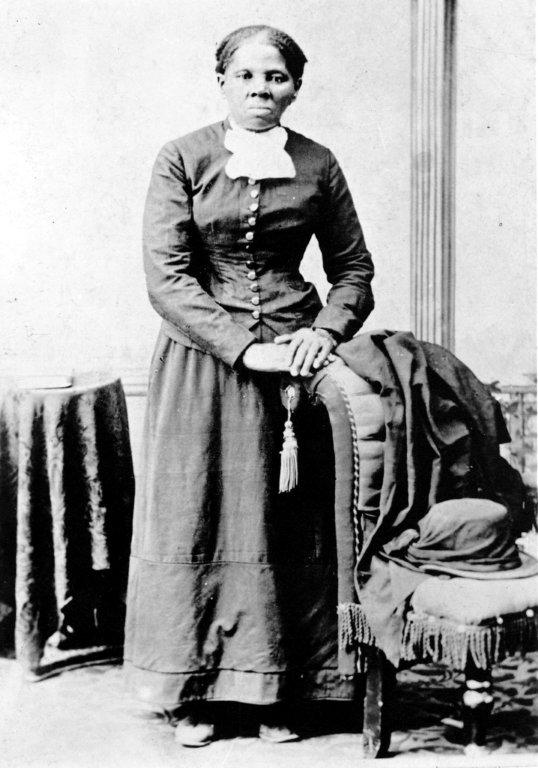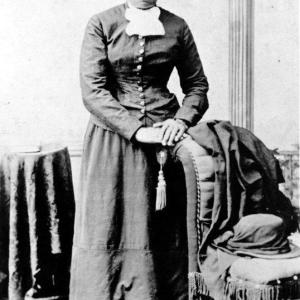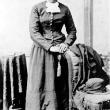Historian Jerry Wiles speaks about Harriet Tubman
Perhaps nobody risked more in the fight against slavery than Harriet Tubman, a former slave who escaped bondage and then returned again and again into enemy territory, eventually freeing more than 70 slaves.
In celebration of Black History Month, Historian Jerry Wiles will make a presentation on the life of Harriet Tubman at St. Andrews Village, Sunday, Feb. 24 at 2 p.m.
Wiles has a bachelor’s and a master’s degree in history from Eastern Kentucky University and taught Maine and American History for 33 years at Greely Middle School in Cumberland.
Tubman’s selflessness and bravery made her a mythic figure in the years before and during the Civil War. In the abolitionist movement, John Brown referred to her as “General Tubman” and discussed his raid on Harpers Ferry with her. During the Civil War, she served as a spy and helped lead a raid on plantations along the Combahee River in South Carolina that freed more than 750 slaves.
Born in the 1820s, Tubman was hired out as a laborer from an early age, as young as 5, according to some accounts. Almost as early, she showed a strong sense of independence and a willingness to oppose injustice at her own risk.
At 15, she was struck in the head with a heavy weight after she stood in a doorway to hinder the pursuit of a fugitive slave. The injury stayed with her all her life, causing narcolepsy. Many historians also attribute her strong religious visions to the injury.
To her owners, however, a disabled slave was worth little. At one point, her owner reportedly tried to sell her but was unable to find a buyer.
After her owner died, Tubman decided to escape, and after one aborted attempt with her two brothers, she made her way alone to Philadelphia and freedom. She soon returned to free family members and continued to put herself at risk as she received reports of others who needed her help. She eventually freed more than 70 slaves, according to the most conservative estimates.
She continued to work for the cause during the Civil War, shirking no job, no matter how dangerous or menial so long as it allowed her to fight against slavery. After the war, she became involved in the struggle for women’s suffrage. She died in New York State in 1913.
This presentation is free and open to the public but space is limited. To RSVP or for additional information, please call the St. Andrews Village reception desk at 207-633-0920.
St. Andrews Village is on Emery Lane, off Route 27 just south of Boothbay Region High School in Boothbay Harbor.
Event Date
Address
United States


























